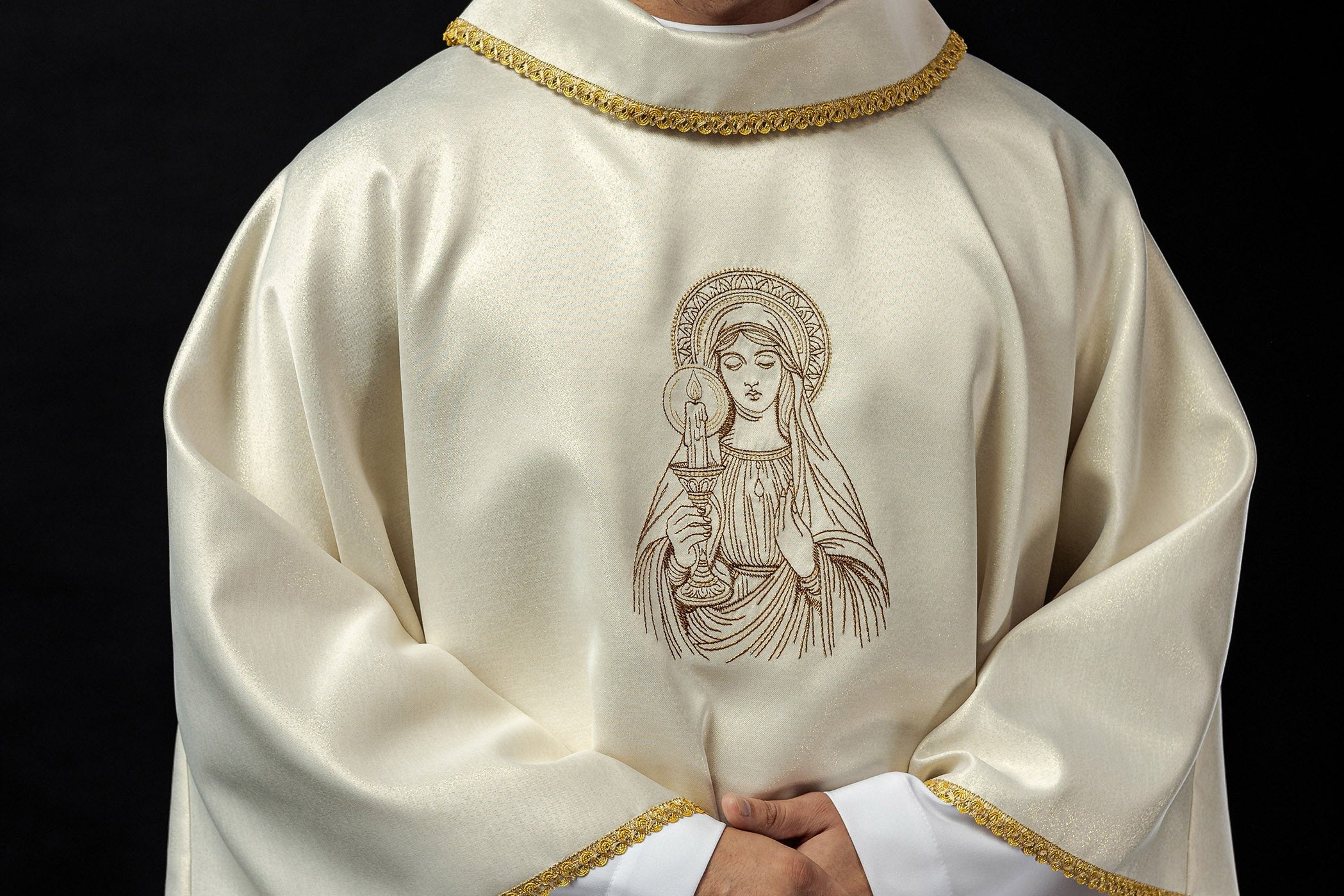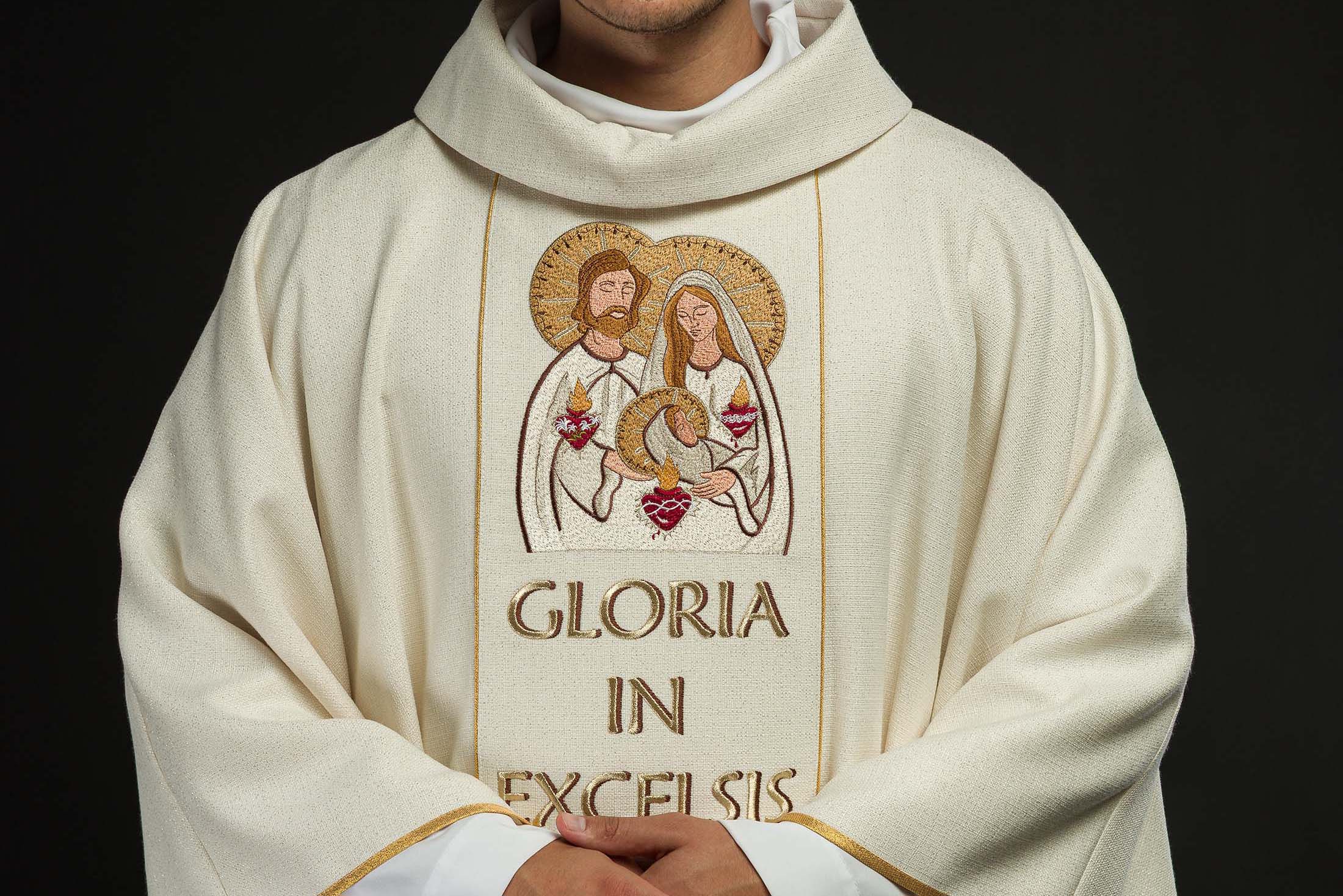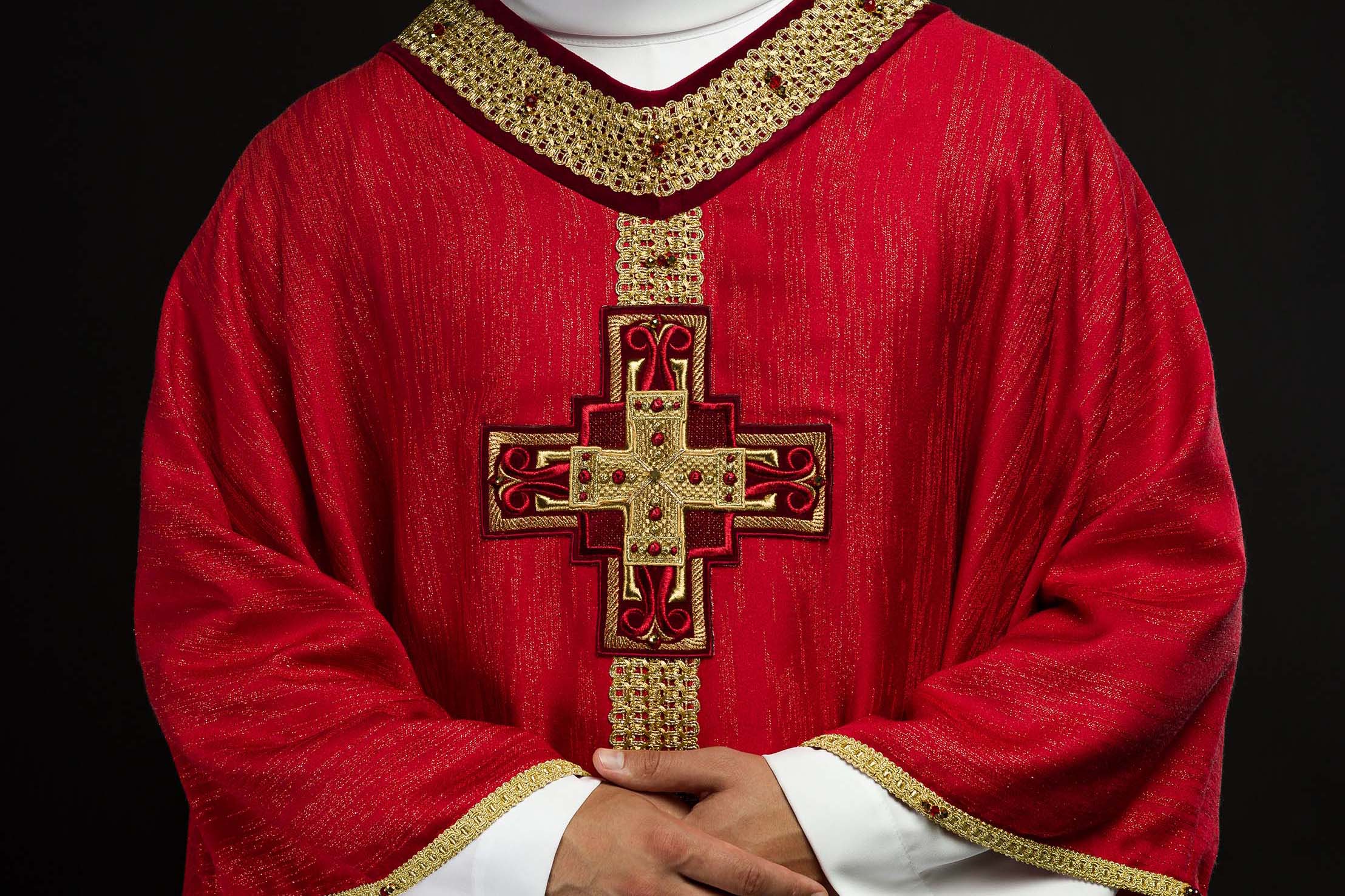
All Saints' Day and All Souls' Day: Key Liturgical and Spiritual Differences
All Saints' Day and All Souls' Day – Key Liturgical and Spiritual Differences
The autumn months in the liturgical calendar of the Catholic Church are filled with days of deep spiritual significance, dedicated to the memory of the deceased and the saints. Two of these, the Solemnity of All Saints (November 1) and the Commemoration of All the Faithful Departed, or All Souls' Day (November 2), are often confused or treated as synonyms. Although both days focus on the presence of our loved ones in eternity and the communion of saints, their character, liturgy, and theological message differ significantly. Understanding these differences allows for a fuller and more conscious experience of these important moments in the church year.
What is the Solemnity of All Saints?
The Solemnity of All Saints, celebrated on November 1, is one of the most important solemnities in the Catholic Church. Its purpose is to honor all the saints, both those canonized and those unknown, who have attained salvation and rejoice in the presence of God in heaven. It is a triumphant feast, full of joy and hope.
Origins and development of the feast
The tradition of commemorating martyrs and saints dates back to the beginnings of Christianity. Initially, individual communities celebrated the feasts of their local heroes of the faith. Over time, as the Church grew and the cult of saints developed, the need arose to establish a day on which to jointly honor all who had attained the glory of heaven. The specific date of November 1 was established by Pope Gregory III in the 8th century, and its popularization is attributed to Pope Gregory IV in the 9th century. There are also theories linking this day to the pagan festival of Samhain, which was celebrated at the turn of October and November, symbolizing the end of summer and the transitional time between the world of the living and the dead. Christianity gave these practices a new, evangelical content.
Liturgy of the Solemnity of All Saints
The liturgy of the Solemnity of All Saints is solemn and joyful. The color of the liturgical vestments is white, symbolizing purity, joy, and victory.
Holy Mass
During Holy Mass, the biblical readings emphasize the blessings for the righteous and virtuous, according to the Sermon on the Mount (e.g., Mt 5:1-12a), and God's justice and reward for the faithful (e.g., Rev 7:2-4.9-14). The prayer of the faithful includes intentions for the Church of saints and for all people striving for holiness.
Symbolism of the day
This solemnity reminds us of the universal call to holiness and the ultimate triumph of the Church in heaven. It is a day of hope that strengthens our faith in eternal life and in the communion of saints.
What is All Souls' Day?
All Souls' Day, or the Commemoration of All the Faithful Departed, celebrated on November 2, has a different character. It is a day of prayer, reflection, and contemplation on the transience of human life, and above all, a day of special prayer for the souls of our deceased loved ones who are in purgatory and need our prayerful support to attain the fullness of salvation in heaven.
Origins and development of All Souls' Day
The practice of praying for the dead is very old and present in the tradition of the Church from its very beginnings. It stems from the belief in the "communion of saints," that is, the unity of all the baptized – those who live on earth, those who are in purgatory, and those who already enjoy seeing God in heaven. The first mentions of organized prayer for the dead come from the 4th century. The particular development of All Souls' Day as a separate commemoration occurred thanks to the activity of Saint Odilon, abbot of Cluny, who in 998 ordered it to be celebrated in all monasteries subject to his reform. Over time, this feast was incorporated into the general liturgical calendar of the Church.
Liturgy of All Souls' Day
The liturgy of All Souls' Day is marked by contemplation, solemnity, and prayerful engagement. The color of the liturgical vestments is black, symbolizing mourning and penance, although the use of violet, the color of penance and conversion, is also permitted.
Holy Mass
During Holy Mass, the biblical readings focus on the themes of God's mercy, resurrection, and hope for eternal life (e.g., Wis 3:1-9





